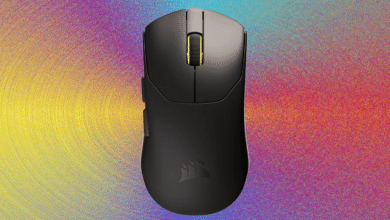Don’t Let Your USB-C Cables Die

▼ Summary
– USB-C has largely succeeded as a universal cable, replacing standards like micro-USB and reducing the need for multiple cable types.
– A 3D-printed USB-C cable strain relief designed by [NordcaForm] is highlighted as particularly effective and superior to other options.
– Hackaday writers find this design useful for everyday carry with USB-C peripherals, making it more practical than previous 3D-printed solutions.
The USB-C connector has largely succeeded in its mission to become a universal standard, replacing the frustrating tangle of micro-USB and various proprietary power and display cables. While USB-A ports still linger on many devices, most users welcome the shift toward a more versatile and reversible plug. Despite its advantages, the USB-C design shares a common vulnerability with its predecessors: it remains prone to damage from everyday bending and pulling at the connection points. A clever 3D-printed strain relief created by NordcaForm offers an elegant and highly effective solution to this persistent problem.
It might seem unusual to praise a simple 3D-printed accessory, but the thoughtful design of this strain relief justifies the attention. For individuals who frequently travel with an assortment of USB-C connected gadgets, this component proves exceptionally practical. Its flexibility provides excellent protection without requiring specialized printing materials, making it accessible for anyone with a standard 3D printer. Available in multiple configurations, including versions with curved or straight edges, the design can be adapted to fit a wide variety of cable setups and usage scenarios. This makes it far more suitable for daily use and transport than many other 3D-printed solutions previously highlighted. For those interested in a deeper understanding of the USB-C standard, a comprehensive series of articles is available for further exploration.
(Source: Hack A Day)





